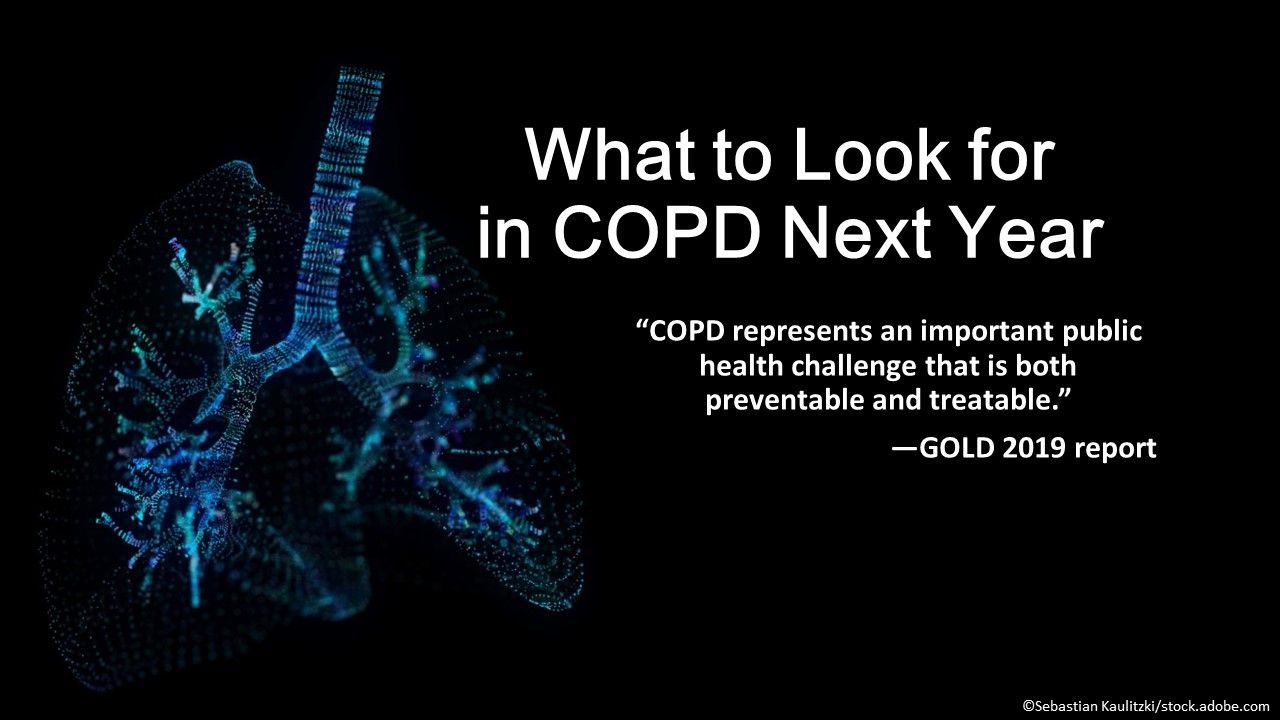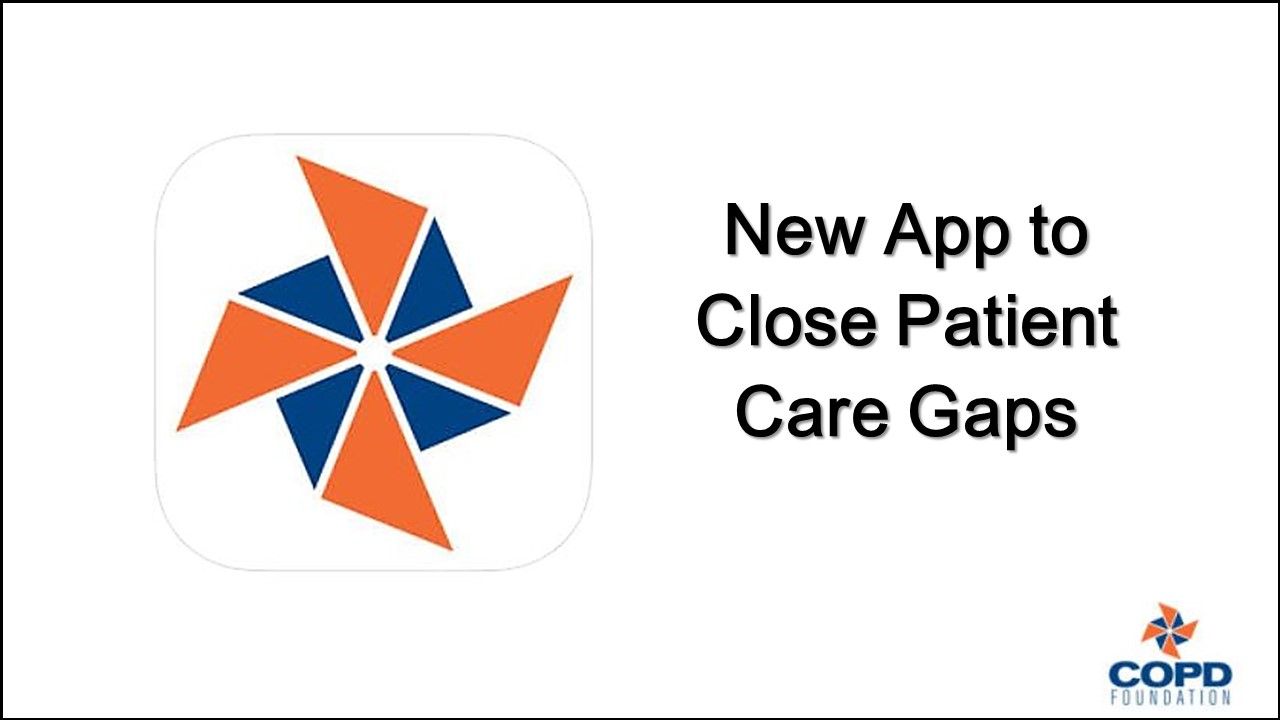© 2025 MJH Life Sciences™ , Patient Care Online – Primary Care News and Clinical Resources. All rights reserved.
What to Look for in COPD Next Year
These brief summaries highlight key developments in COPD and how they are likely to affect patient management in the months and years ahead.

Chronic obstructive pulmonary disease (COPD), now the fourth leading cause of death in the world, is projected to climb to third by 2020. In the US, 16 million persons have COPD, resulting in more than 150 000 deaths each year, and millions more are thought to have COPD and not know it.
The burden of COPD is expected to increase because of continued exposure to COPD risk factors and aging of the population. To meet the growing challenge, the Global Initiative for Chronic Obstructive Lung Disease (GOLD) has updated its diagnosis, treatment, and prevention strategies, and the NIH and other organizations are making ongoing efforts to contribute to improved patient care.
Click through the 7 slides above for brief summaries of recent developments in COPD and how they are likely to affect patient management in the months and years ahead.

Reducing a global burden. In a review of the 2018 GOLD report, Mayo Clinic researchers said, “The new guidelines recognize an important evolution in the primary selection and use of long-acting bronchodilators vs inhaled corticosteroids for the prevention of exacerbations.” They characterized incorporation of symptoms and exacerbation frequency as the main determinants of inhaled medication prescription rather than airflow obstruction severity as a crucial change in reducing the burden of COPD.

More COPD challenges looming on the horizon. In their critique, the Mayo Clinic researchers offered recommendations for additional issues to be addressed in future iterations of GOLD reports: new and refined management strategies; review of novel pharmacotherapeutic options; further discussion of the asthma-COPD overlap phenotype; discussion of e-cigarette use risks, benefits, and recommendations; and further guidance for patient referral for lung transplantation.

Blood eosinophil count will serve as a biomarker. A key update in the GOLD 2019 report is the introduction of blood eosinophil counts (with a cutoff of >300 cells/μL) as a biomarker for estimating the efficacy of inhaled corticosteroids for the prevention of COPD exacerbations. Used in conjunction with clinical assessment, blood eosinophil counts may help clinicians estimate the likelihood of a beneficial preventive response to inhaled corticosteroids added to regular bronchodilator treatment.

Initial and follow-up treatment will take separate paths. In another GOLD 2019 update, initial COPD treatment (based on ABCD assessment of symptoms) is separated from follow-up treatment (based on the patient’s major treatable traits and currently used drugs). In the separate algorithm for follow-up treatment, management is still based on symptoms and exacerbations but does not depend on the patient’s GOLD group at diagnosis.

A better way to predict complications. Identifying patients with COPD who are at high risk for serious complications, including death, may become more feasible with the Ottawa COPD Risk Scale, the recently validated decision tool that assesses a combination of 10 factors. “This new information can help doctors decide whether to admit a patient or send them home,” said Ian Stiell, MD, MSc, FRCPC, who previously created the Ottawa Ankle Rules, the Canadian C-Spine Rule, and other patient care decision rules.

New app to close patient care gaps. The recently launched COPD Pocket Consultant Guide features an up-to-date therapy chart, videos with instructions for inhaler use, screening tests for depression and anxiety, a new pulmonary referral checklist, and links to COPD Foundation resources. The chart guides users through therapeutic options based on data from the patient’s symptom score plus exacerbation history. The Fletcher-Peto Impact of Smoking graph illustrates how smoking effectively “ages” the lungs.

NIH initiatives in the works. New NIH initiatives: CAPTURE, a questionnaire and breathing test to identify persons at risk for COPD before symptoms worsen; COPD Learn More Breathe Better, a program that facilitates provider-patient discussions for earlier diagnosis; studies on the effectiveness of pneumococcal vaccines, the usefulness of azithromycin in reducing exacerbations, and the role of statins in preventing or eliminating exacerbations; and the COPDGene Study of why COPD develops in some smokers but not in others.



